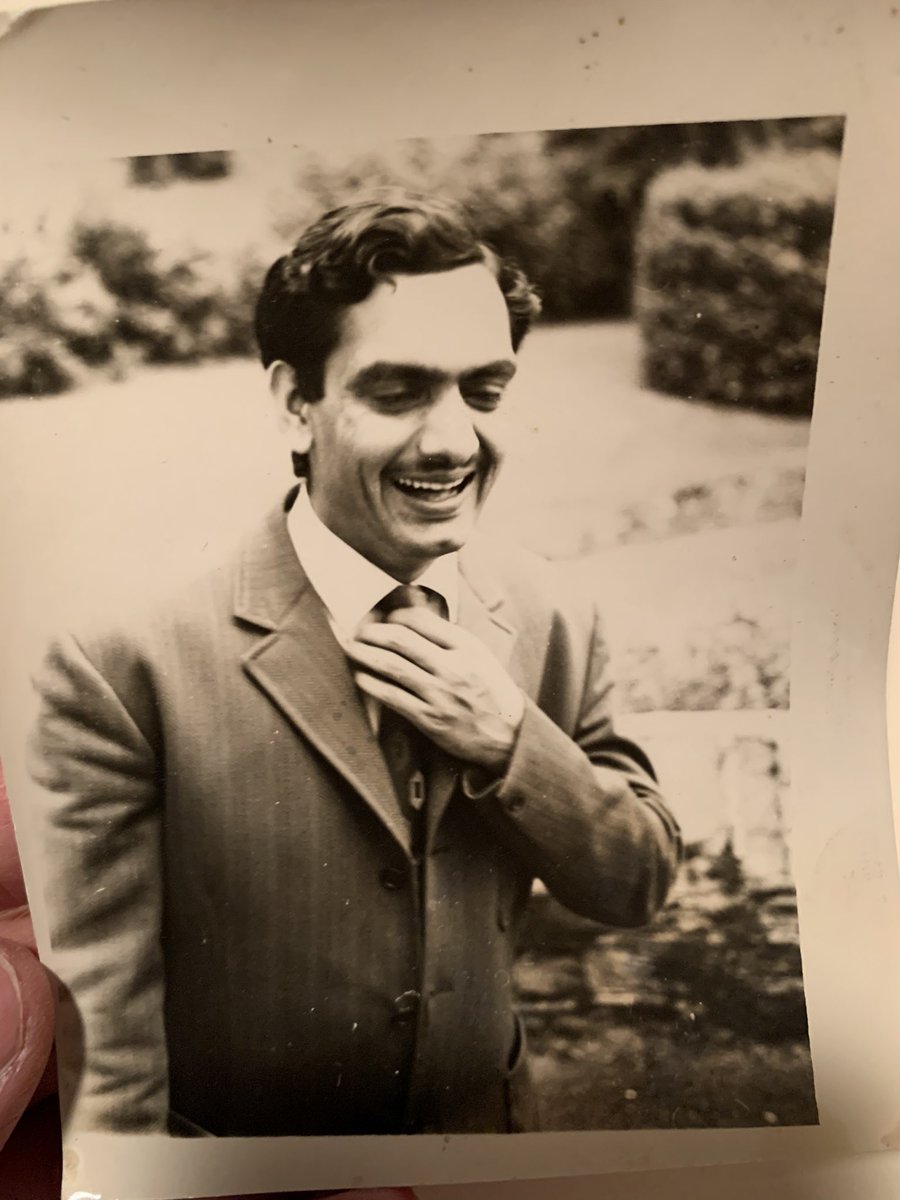
With all the talk about external defibrillation stemming from the #DamarHamlin case, I thought I’d offer a short thread about how it was invented. (1/n)
In 1947, the American surgeon Claude Beck successfully used electrical defibrillation for the first time in an operating room, on a 14yo boy in Cleveland who went into cardiac arrest following a chest operation. (2/n)
The boy survived. Beck later wrote that defibrillation was a tool for saving “hearts too good to die.” (3/n)
The world’s first successful *external* defibrillation for cardiac arrest, the technique used to save Hamlin, occurred at Johns Hopkins in 1957. (4/n)
William Kouwenhoven, a professor of electrical engineering, had worked on external defibrillation for decades, mainly in rats and stray dogs. By 1957, he had assembled a defibrillator in his research lab on the 11th floor of the Johns Hopkins Hospital. (5/n)
That March, a 42yo man arrived in the emergency room at 2 AM complaining of indigestion. He was actually having a heart attack, and while undressing, he collapsed in ventricular fibrillation. (6/n)
The admitting resident, Gottlieb Friesinger, had heard about Kouwenhoven’s defibrillator and raced upstairs to get it while an intern attempted to resuscitate the patient. Friesinger persuaded a security officer to let him into Kouwenhoven’s lab, where he picked up... (7/n)
the hefty device, nearly 200 lbs, and wheeled it to the ER. With one electrode at the top of the breastbone and another just below the nipple, he delivered two shocks to revive the dying man. It was the first successful emergency defibrillation for cardiac arrest. (8/n)
Kouwenhoven’s research produced an unusual and unexpected side benefit. In experiments on dogs, Guy Knickerbocker, a grad student in Kouwenhoven’s lab, noticed that blood pressure rose slightly when defibrillator paddles were pressed into position, even before... (9/n)
any electricity had been administered. Knickerbocker showed that pressing on the chest can compress the heart and cause blood to temporarily circulate, thus increasing blood pressure. His observation set the stage for the introduction of chest compressions during CPR. (10/n)
In a nice twist, the discovery serendipitously benefited Knickerbocker personally. In 1963, his father underwent successful CPR during cardiac arrest after a heart attack. (11/n)
Later, in 1961, a group led by Bernard Lown at Harvard incorporated a timer to synchronize the defibrillator with an EKG to avoid delivering shocks to the heart during the vulnerable period. (12/n)
But external defibrillators were unwieldy, and the shocks they delivered—in the rare cases when patients were still conscious— were painful. Moreover, they relied on bystander administration, hardly infallible during an emergency. (13/n)
Therefore, the goal became to miniaturize, automate, and implant defibrillators inside the human body. That’s a thread for another day. (14/n)
By the way, every hour in the United States, 40 people suffer an out-of-hospital cardiac arrest, as Hamlin did, mostly because of ventricular fibrillation. Fewer than 1 in 10 survive. 90 percent don’t even make it to the hospital alive. (15/n)
Ethnic minorities and lower socioeconomic communities fare the worst, perhaps because of a lack of access to external defibrillators and a lack of education in bystander CPR. (16/n)
During the past several decades, mortality from cardiac arrest has actually decreased, in part because of community-based emergency rescue programs using defibrillators and CPR. (17/n)
People have to be trained in how to use a defibrillator. There should be one available and ready for use in public venues. People should also learn how to administer CPR. It can be the difference between life and death. (18/n)
BTW, if you enjoy this mix of science and history, please check out my new book, My Father’s Brain, coming out April 11. Science and history along with a very personal story. Pre-order if you like. amazon.com/My-Fathers-Bra…
• • •
Missing some Tweet in this thread? You can try to
force a refresh





